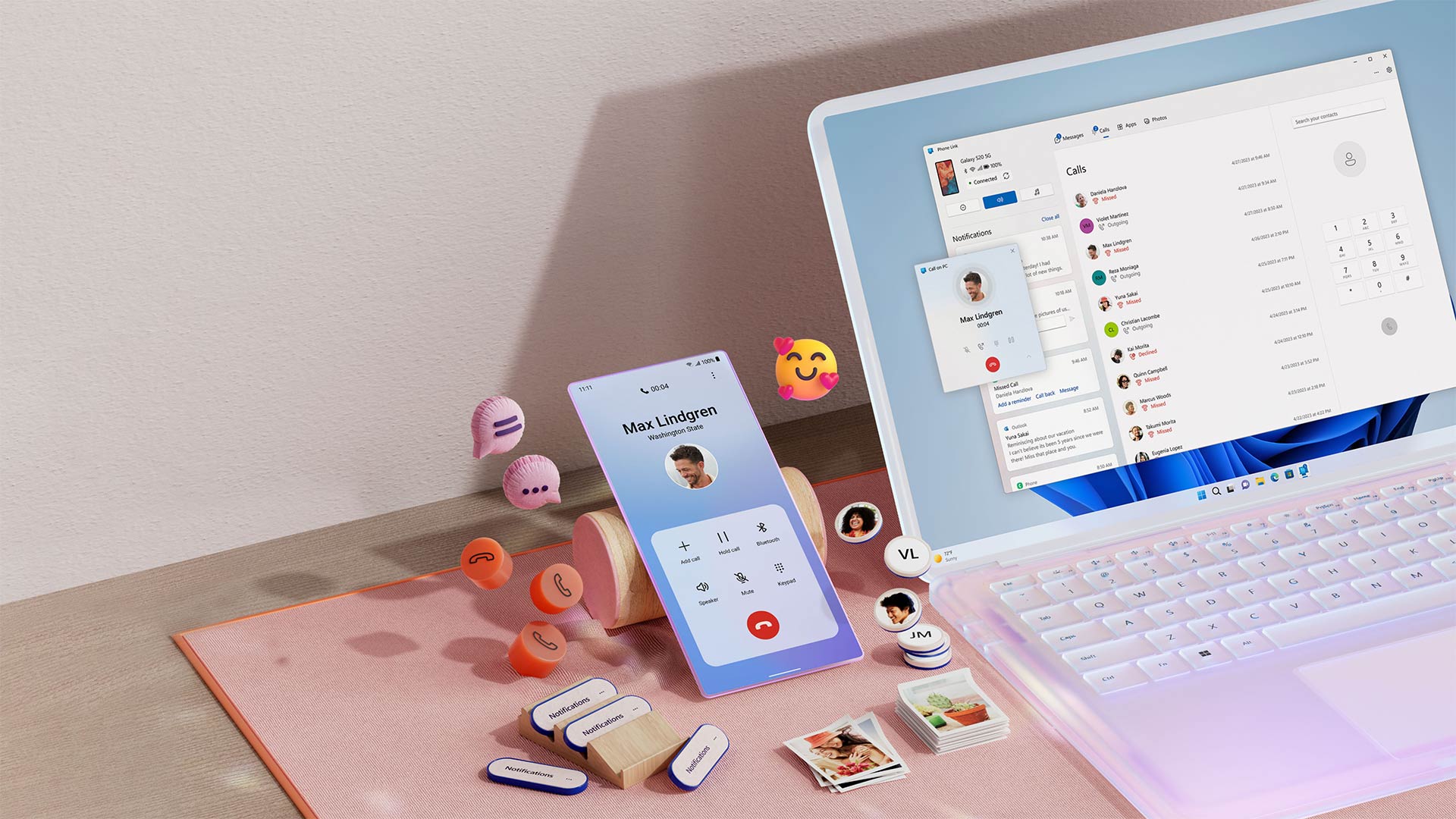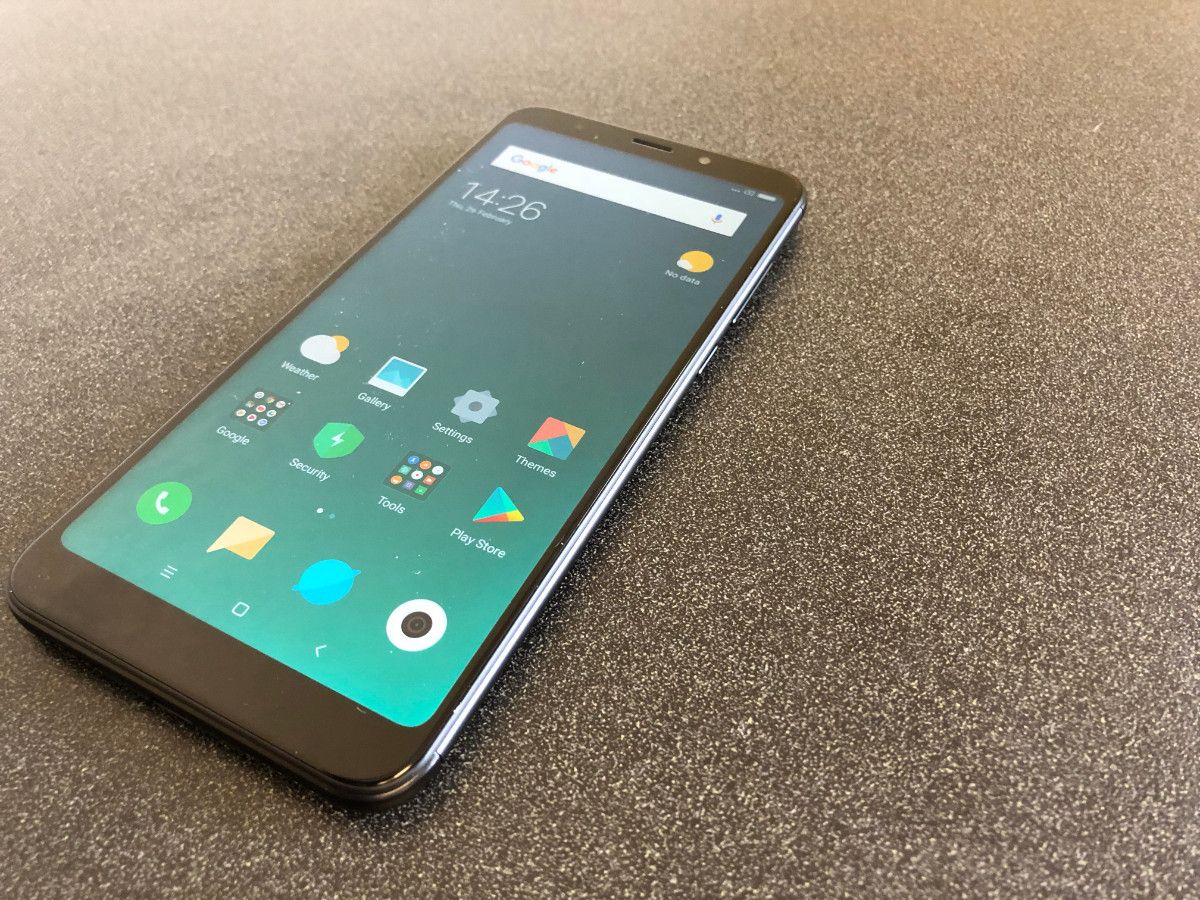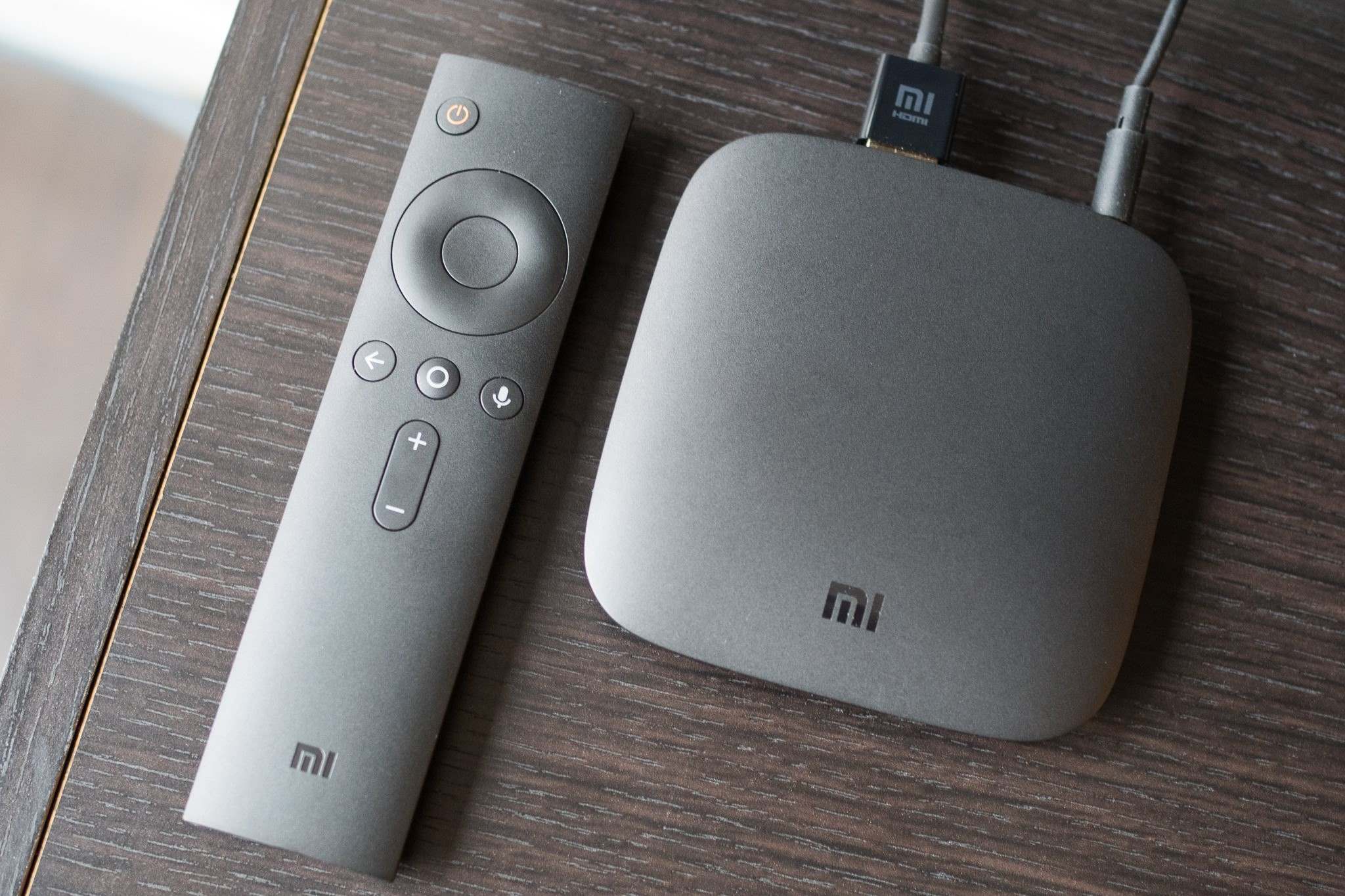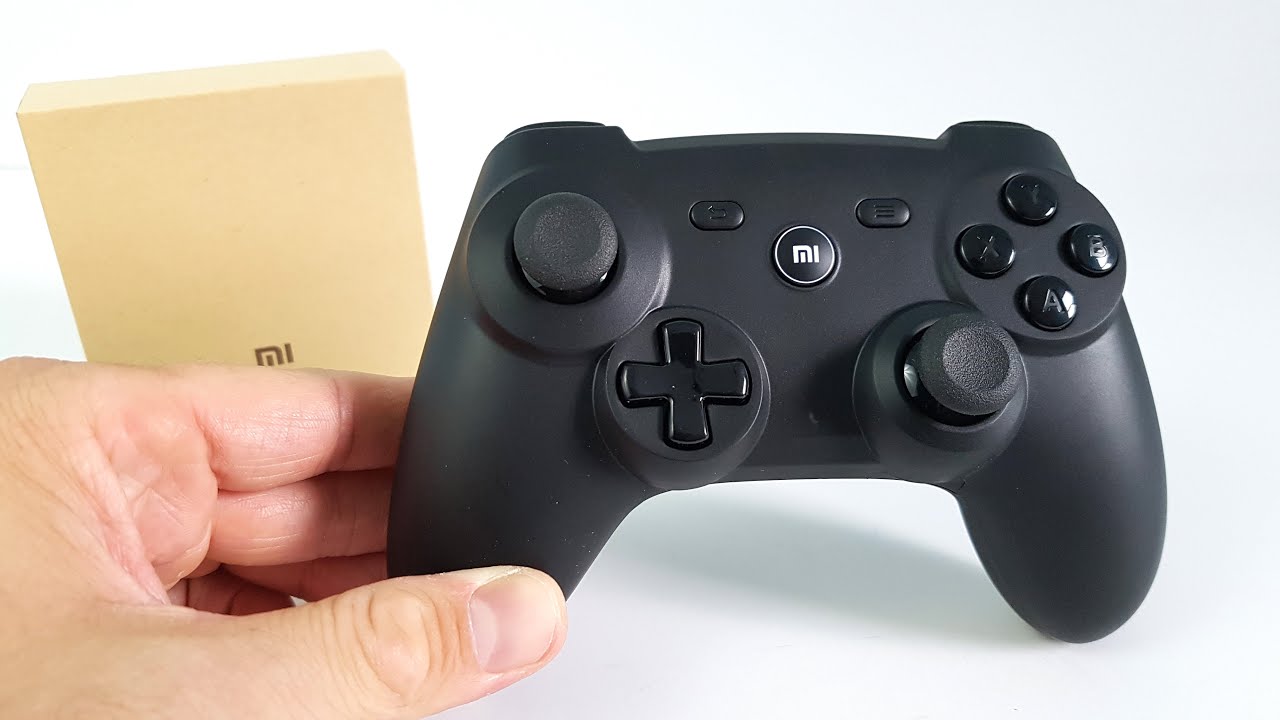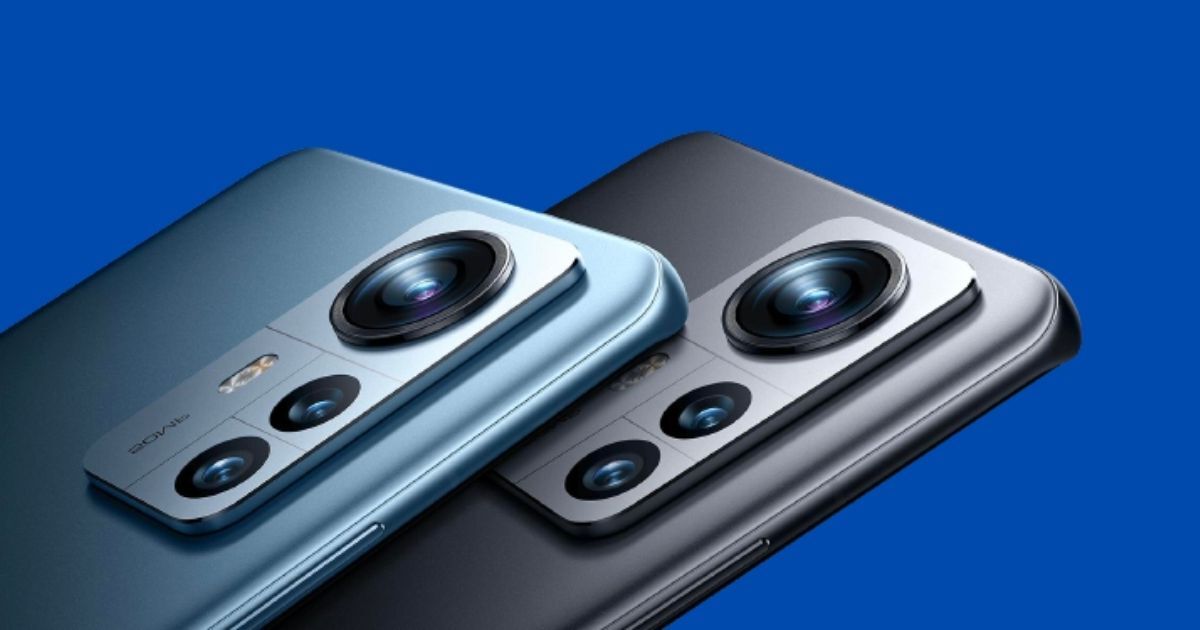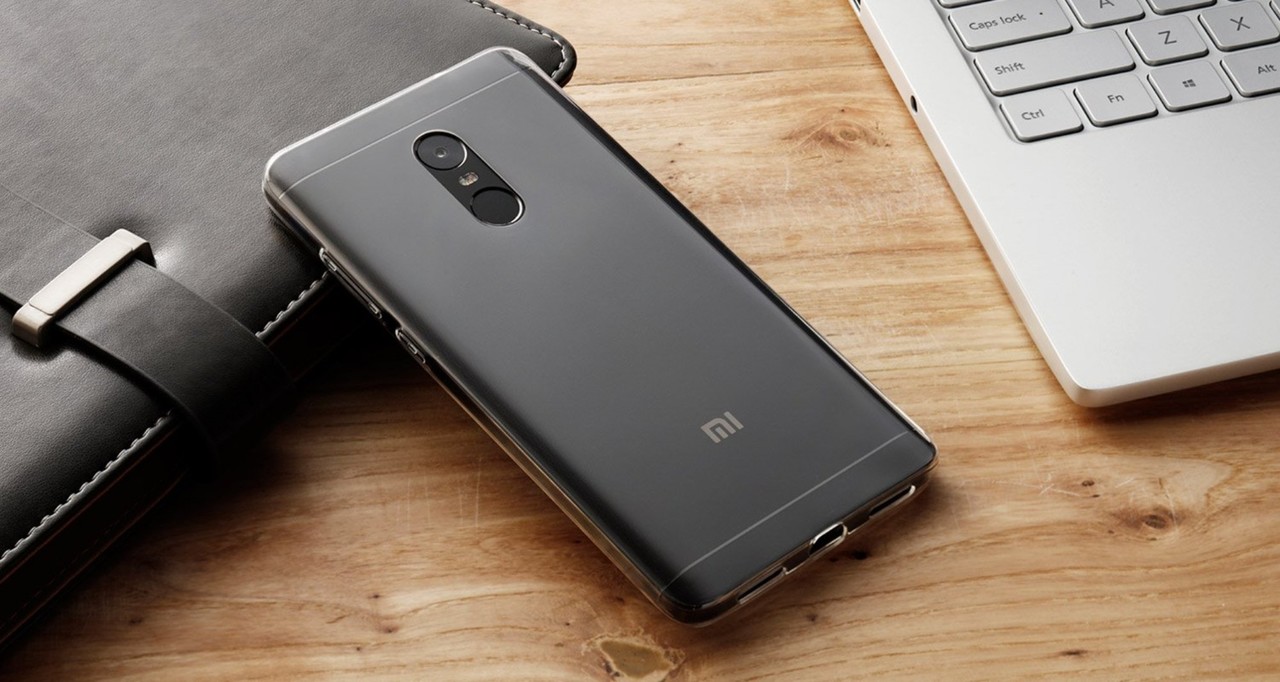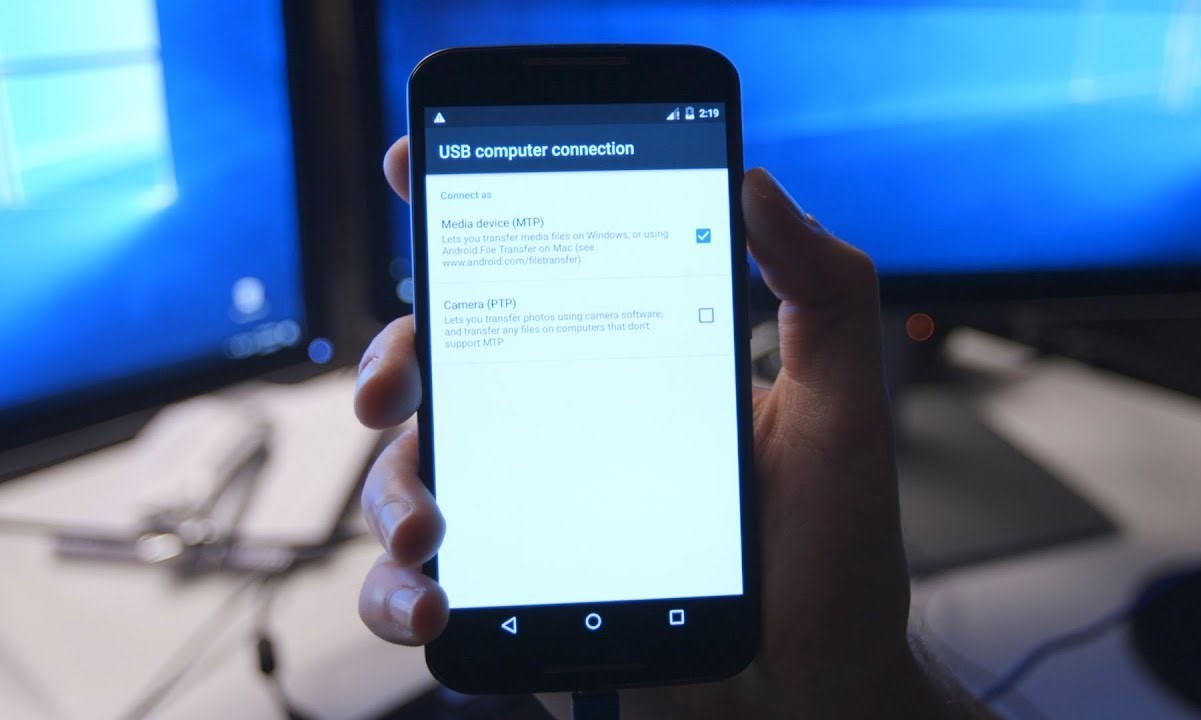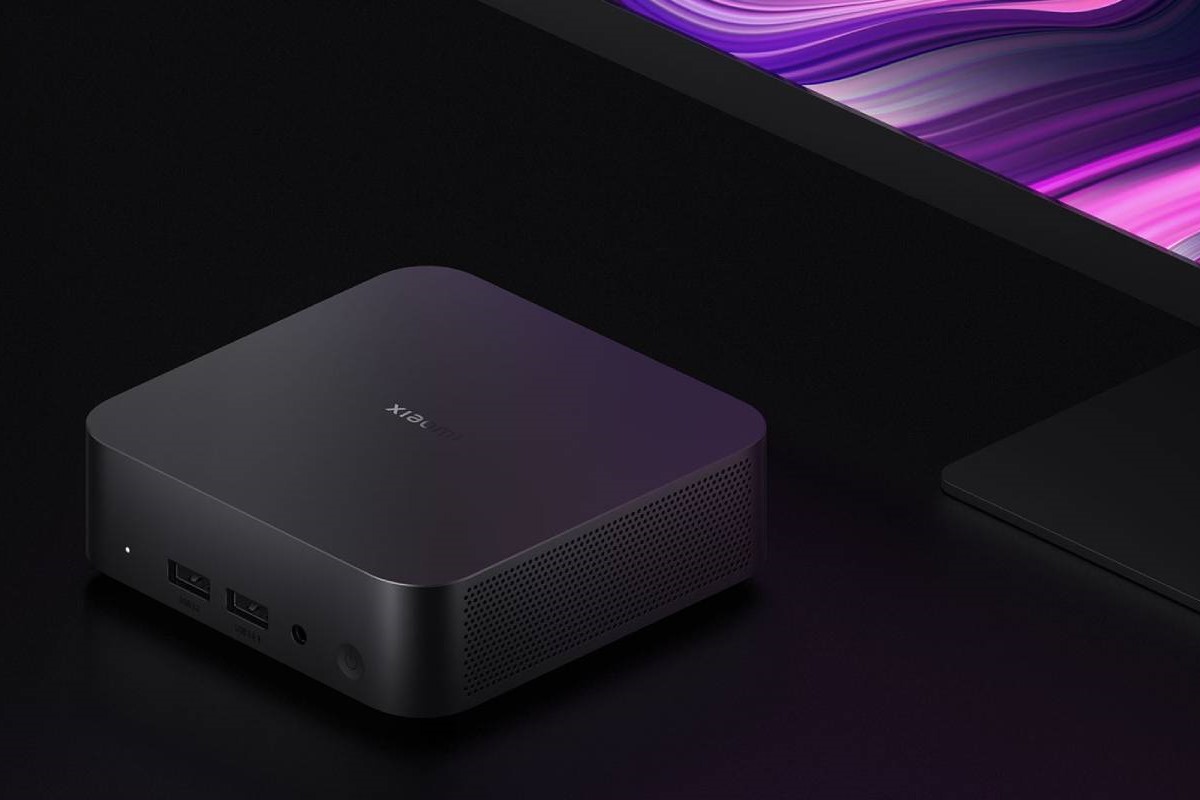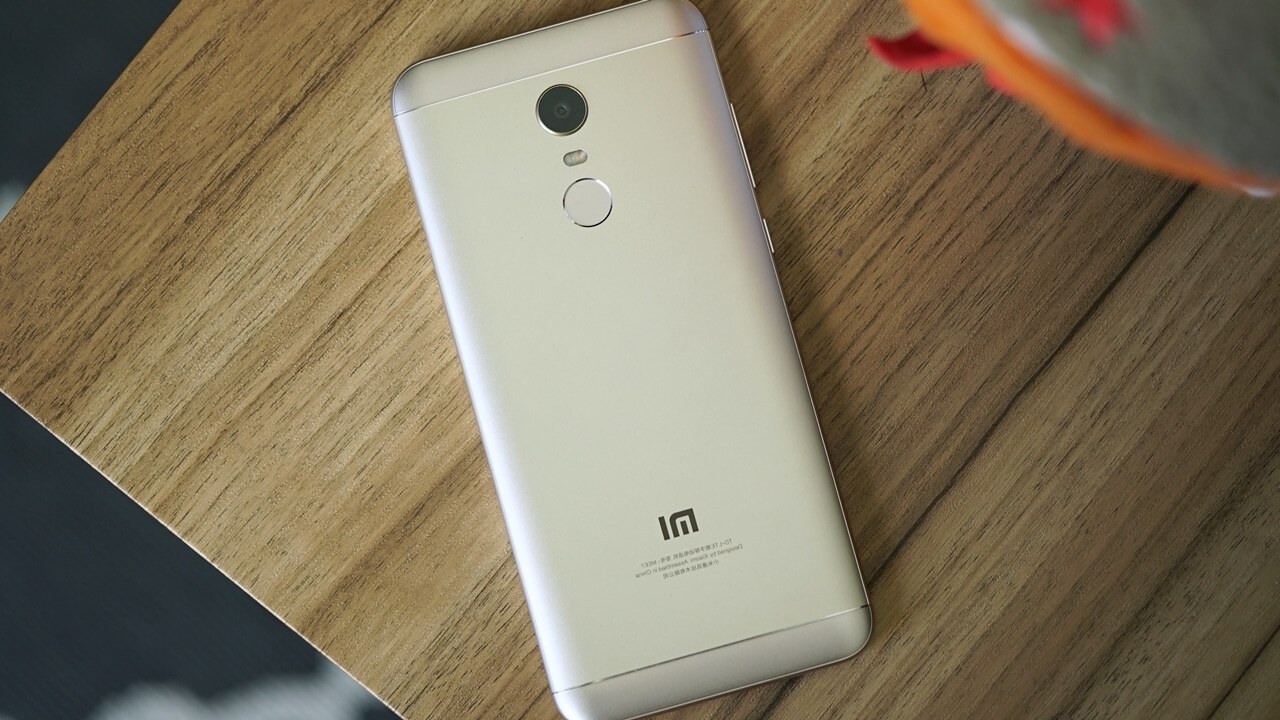Install Xiaomi USB Driver on Your PC
Installing the Xiaomi USB driver on your PC is a crucial step to ensure seamless communication between your Xiaomi device and the computer. This driver facilitates the transfer of data, enables debugging, and allows the PC to recognize your Xiaomi device effectively. Follow these easy steps to install the Xiaomi USB driver on your PC:
-
Download the Xiaomi USB Driver: Begin by visiting the official Xiaomi website or the support page for your specific device model. Look for the USB driver download section and select the appropriate driver for your operating system (Windows 7, 8, 10, etc.).
-
Extract the Driver Package: Once the download is complete, extract the contents of the driver package to a folder on your PC. This will make it easier to locate the driver files during the installation process.
-
Open Device Manager: Press the Windows key + X on your keyboard and select "Device Manager" from the menu that appears. Alternatively, you can right-click on the Start button and choose "Device Manager" from the list.
-
Locate Your Xiaomi Device: In the Device Manager window, look for the "Other devices" or "Portable devices" category. Your Xiaomi device may be listed here with a yellow exclamation mark, indicating that the driver is missing or not properly installed.
-
Install the Driver: Right-click on your Xiaomi device and select "Update driver" from the context menu. Choose the option to browse your computer for driver software. Navigate to the folder where you extracted the Xiaomi USB driver files, select the appropriate file, and proceed with the installation.
-
Complete the Installation: Follow the on-screen instructions to complete the driver installation process. Once the installation is successful, you will see your Xiaomi device listed under the appropriate category in Device Manager without any warning symbols.
By following these simple steps, you can easily install the Xiaomi USB driver on your PC, ensuring that your device is recognized and ready for seamless connectivity and data transfer. This paves the way for a smooth and efficient interaction between your Xiaomi device and your computer, allowing you to make the most of the features and functionalities offered by your device.
Enable USB Debugging on Your Xiaomi Device
Enabling USB debugging on your Xiaomi device is a fundamental step that empowers you to access advanced features and optimize the connection between your device and your PC. This functionality is particularly valuable for developers, enthusiasts, and users seeking to enhance their device's capabilities. By following these simple steps, you can enable USB debugging on your Xiaomi device:
-
Access Developer Options: To begin, navigate to the "Settings" app on your Xiaomi device. Scroll down and tap on "About phone." Here, you will find the "MIUI version" or "Build number." Tap on this option seven times in quick succession. After a few taps, you will see a message indicating that you are now a developer.
-
Enable Developer Options: Once you have unlocked the developer mode, go back to the main settings screen. Scroll down, and you will now see "Developer options" listed above "About phone." Tap on "Developer options" to access the advanced settings.
-
Activate USB Debugging: Within the "Developer options" menu, locate and toggle the switch for "USB debugging" to enable this feature. A prompt may appear to confirm your action. Simply tap "OK" to proceed. Upon enabling USB debugging, your Xiaomi device is now ready to establish a secure and enhanced connection with your PC.
Enabling USB debugging on your Xiaomi device opens up a world of possibilities, allowing you to interact with your device in new ways and harness its full potential. Whether you are exploring advanced development tools, troubleshooting software issues, or seeking to optimize performance, USB debugging serves as a gateway to a deeper level of device control and customization.
By following these straightforward steps, you can unleash the power of USB debugging on your Xiaomi device, setting the stage for a more enriched and personalized user experience. This capability not only enhances the connectivity between your device and your PC but also empowers you to explore the full spectrum of features and functionalities offered by your Xiaomi device.
Connect Your Xiaomi Device to Your PC via USB Cable
Connecting your Xiaomi device to your PC via a USB cable is a straightforward process that establishes a vital link between the two devices, enabling seamless data transfer, device management, and more. Follow these simple steps to connect your Xiaomi device to your PC and unlock a world of possibilities:
-
Gather the Necessary Equipment: Begin by ensuring that you have a compatible USB cable for connecting your Xiaomi device to your PC. The USB cable serves as the physical bridge that facilitates communication and data exchange between the two devices.
-
Locate the USB Port on Your Xiaomi Device: Depending on the model of your Xiaomi device, the USB port may be located at the bottom, top, or sides of the device. It is typically a small, rectangular-shaped port where the USB cable can be inserted securely.
-
Insert the USB Cable into Your Xiaomi Device: Take one end of the USB cable and carefully insert it into the USB port on your Xiaomi device. Ensure that the connection is secure to establish a stable link between your device and the PC.
-
Connect the USB Cable to Your PC: Locate an available USB port on your PC and insert the other end of the USB cable into the port. Once again, ensure that the connection is secure to facilitate reliable communication between your Xiaomi device and the computer.
-
Initiate the Connection: Upon connecting the USB cable, your Xiaomi device may prompt you to select a USB connection mode. Depending on your device and its settings, you may be presented with options such as "File transfer," "Charging only," or "Transfer photos." Choose the appropriate mode based on your intended use.
-
Access Your Xiaomi Device on Your PC: Once the connection is established, your PC should recognize your Xiaomi device as an external storage device or a connected device, depending on the selected USB connection mode. You can now access the contents of your Xiaomi device, transfer files, manage media, and perform various tasks directly from your PC.
By following these straightforward steps, you can effortlessly connect your Xiaomi device to your PC via a USB cable, unlocking a myriad of possibilities for data transfer, device management, and seamless interaction between your device and your computer. This connection serves as a gateway to enhanced productivity, efficient file management, and a seamless user experience, bridging the gap between your Xiaomi device and your PC.
Allow USB Debugging Access on Your Xiaomi Device
Once USB debugging is enabled on your Xiaomi device, it's essential to allow USB debugging access to establish a secure and trusted connection with your PC. This step is pivotal for developers, enthusiasts, and users seeking to leverage advanced debugging tools, test applications, and streamline the development process. By following these steps, you can seamlessly allow USB debugging access on your Xiaomi device:
-
Connect Your Xiaomi Device to Your PC: Begin by connecting your Xiaomi device to your PC using a USB cable. This physical connection serves as the initial link to enable USB debugging access.
-
Grant USB Debugging Authorization: Upon connecting your Xiaomi device to your PC, a prompt may appear on your device's screen, requesting permission to allow USB debugging access from the connected computer. This prompt is a security measure designed to ensure that only trusted computers can access the debugging features of your device.
-
Authorize the Connection: To proceed, unlock your Xiaomi device and review the prompt displayed on the screen. You will typically see a message asking whether you want to allow USB debugging access from the connected computer. Tap "Allow" to grant authorization and establish a secure connection between your device and the PC.
-
Confirmation of Authorization: Once you have granted USB debugging access, your Xiaomi device will display a confirmation message, indicating that the connected computer has been granted permission to access the debugging features. This confirmation ensures that the connection is secure and that the debugging tools on your PC can interact with your device seamlessly.
By allowing USB debugging access on your Xiaomi device, you pave the way for a streamlined and secure connection with your PC, enabling advanced development and debugging capabilities. This authorization process ensures that your device remains in control of the debugging access, mitigating potential security risks and unauthorized access.
With USB debugging access granted, developers and users can harness the full potential of their Xiaomi devices, test applications, diagnose software issues, and optimize performance with confidence. This step solidifies the bond between your Xiaomi device and your PC, fostering a collaborative environment for seamless debugging and development activities.
By following these simple steps, you can effortlessly allow USB debugging access on your Xiaomi device, unlocking a realm of possibilities for advanced development, testing, and optimization while maintaining the security and integrity of your device's debugging features.
Access Your Xiaomi Device on Your PC
Once the connection between your Xiaomi device and your PC is established via a USB cable, you gain the ability to access and manage your device's content directly from your computer. This seamless integration opens up a myriad of possibilities for file transfer, media management, and device control, enhancing your overall user experience.
Upon successful connection, your PC will recognize your Xiaomi device as an external storage device or a connected device, depending on the selected USB connection mode. This recognition allows you to access the contents of your Xiaomi device, transfer files, and perform various tasks directly from your computer's interface.
One of the primary advantages of accessing your Xiaomi device on your PC is the convenience it offers for file management. You can effortlessly transfer photos, videos, documents, and other files between your device and your computer, streamlining the process of organizing and backing up your valuable data. This seamless file transfer capability simplifies the task of creating backups, sharing media across devices, and freeing up storage space on your Xiaomi device.
Furthermore, accessing your Xiaomi device on your PC provides a centralized platform for media management. You can conveniently browse through your device's media library, including photos, videos, and music, directly from your computer. This streamlined access simplifies the task of organizing your media collection, editing photos and videos using desktop applications, and creating personalized multimedia content with ease.
In addition to file and media management, accessing your Xiaomi device on your PC enables efficient device control and synchronization. You can manage app installations, update software, and configure device settings directly from your computer, offering a unified interface for optimizing your device's performance and functionality. This seamless integration fosters a cohesive user experience, allowing you to leverage the capabilities of your Xiaomi device while harnessing the power and convenience of your PC.
Overall, the ability to access your Xiaomi device on your PC represents a pivotal step in bridging the gap between your devices, empowering you to seamlessly manage, control, and interact with your device's content from a centralized and familiar platform. This integration not only enhances productivity and efficiency but also enriches your overall user experience by offering a seamless and cohesive environment for device management and content manipulation.







